50+ Sample To-Do Lists
-
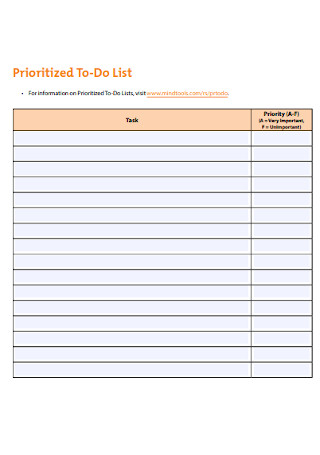
Prioritized To-Do List
download now -
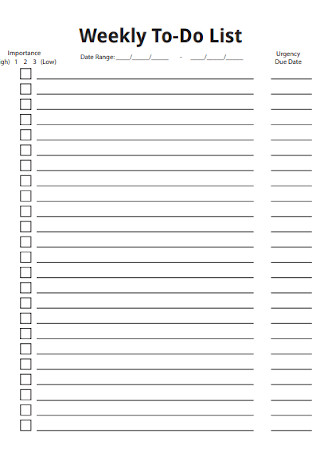
Weekly To-Do List
download now -
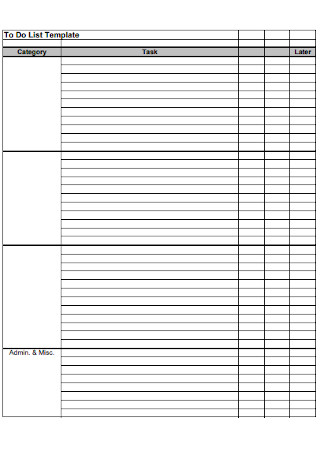
Sample Daily To Do List Template
download now -
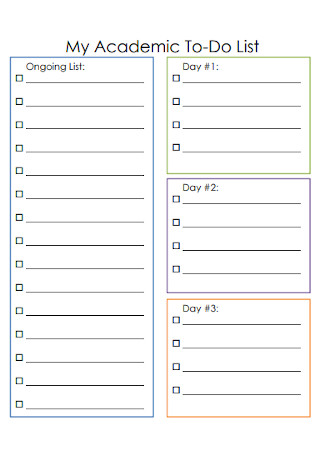
My Academic To-Do List
download now -
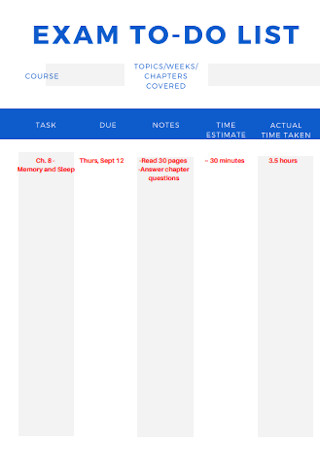
Exam To Do List
download now -
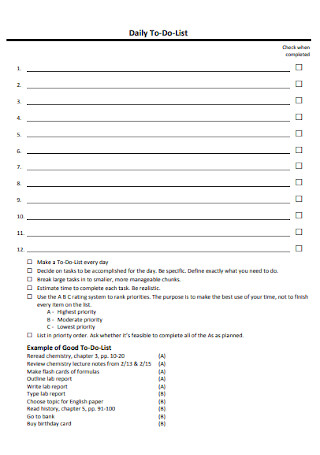
Daily To-Do-List Template
download now -
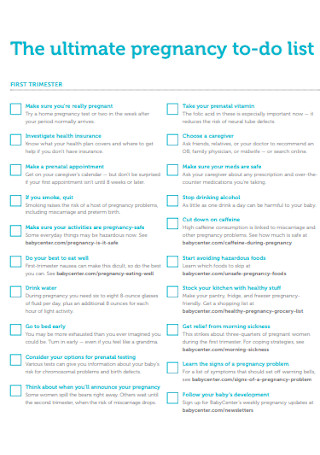
Ultimate Pregnancy to-do List
download now -
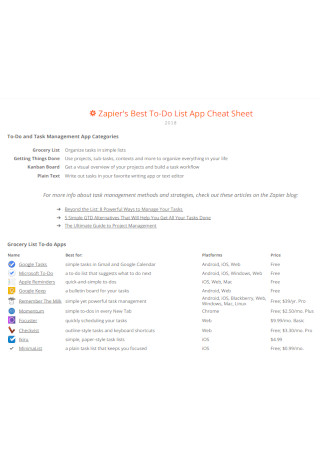
To Do List App Cheat Sheet
download now -
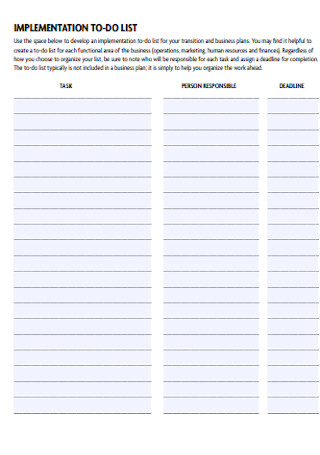
Implementation To Do List
download now -
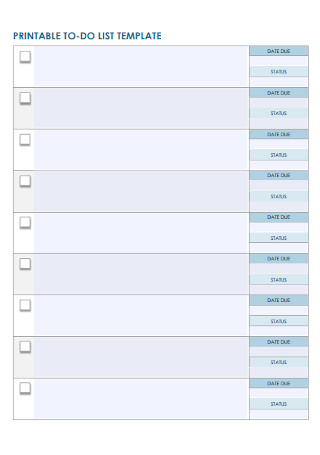
Printable To Do List Template
download now -
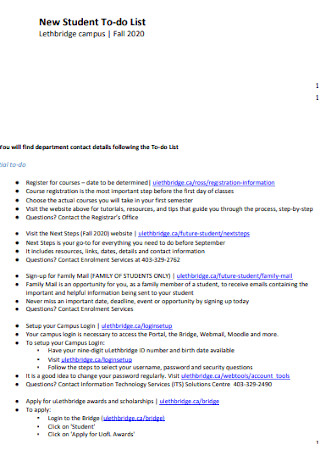
New Student To Do List
download now -
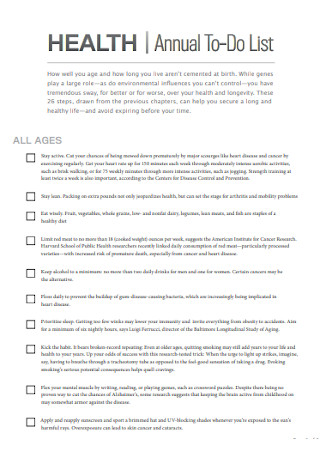
Daily Health To Do List
download now -
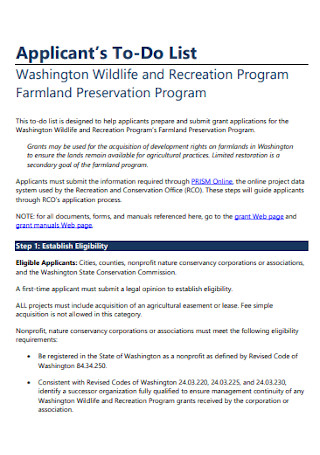
Applicants To-Do List
download now -
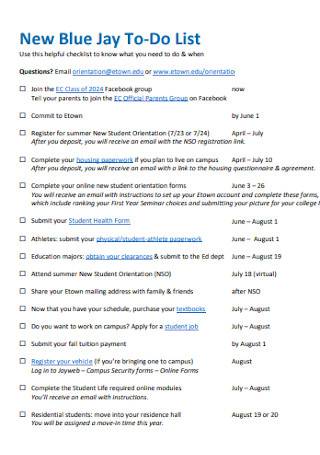
New Blue To-Do List
download now -

Tiger To Do List Template
download now -

Job Search To Do List
download now -
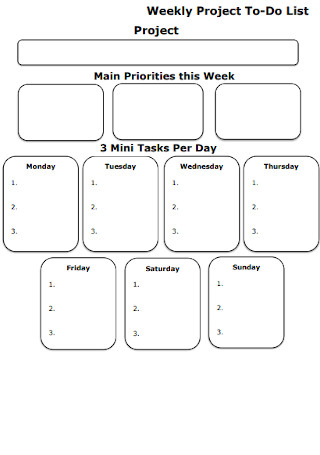
Weekly Project To-Do List
download now -
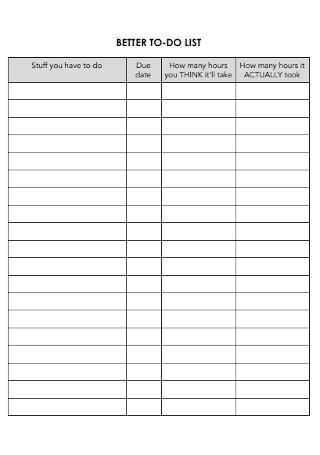
Better To Do List
download now -

Academic To Do List
download now -
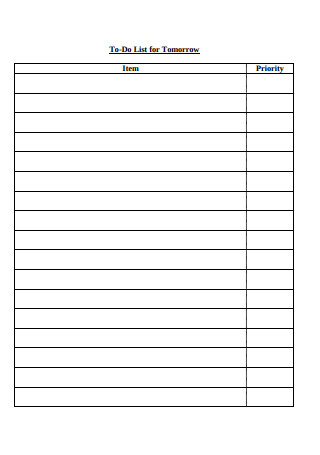
To-Do List for Tomorrow Template
download now -
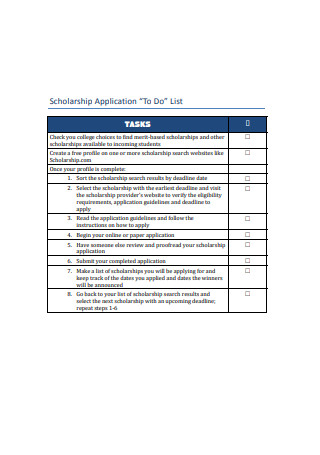
Scholarship Application To Do List
download now -
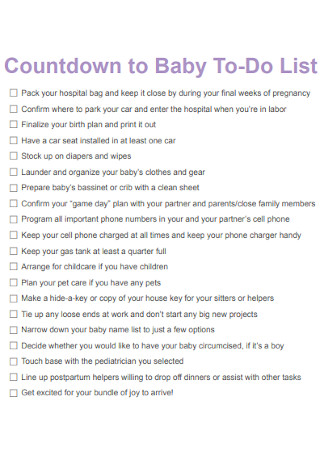
Countdown to Baby To-Do List
download now -
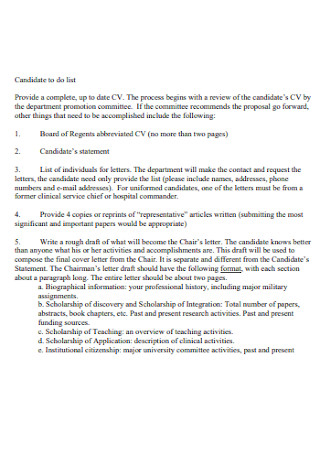
Candidate to do List
download now -
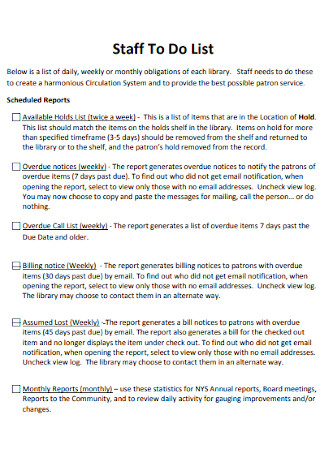
Staff To Do List Template
download now -
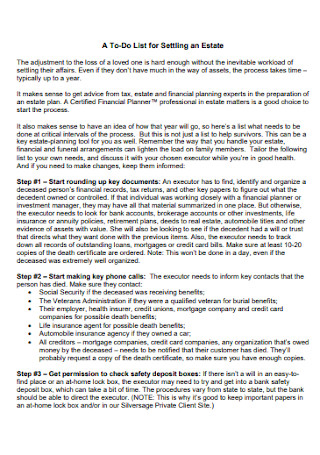
To-Do List for Settling an Estate
download now -

Pre Arrival To Do List
download now -
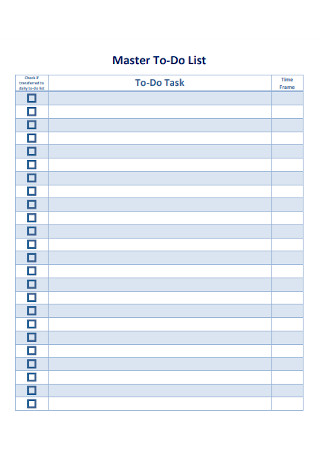
Master To Do List Template
download now -

Event To Do List Template
download now -
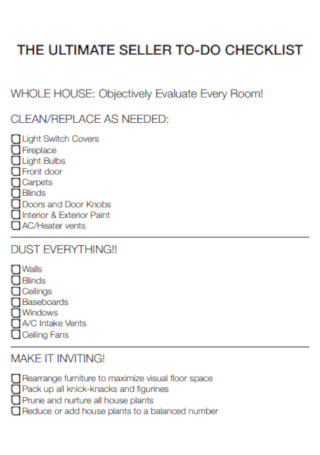
Sample Seller To Do Checklist Template
download now -
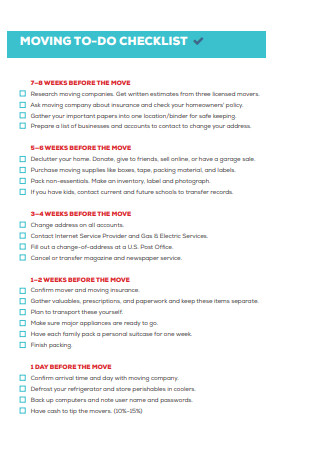
Moving To Do Checklist Template
download now -

Daily Meta To-Do List
download now -
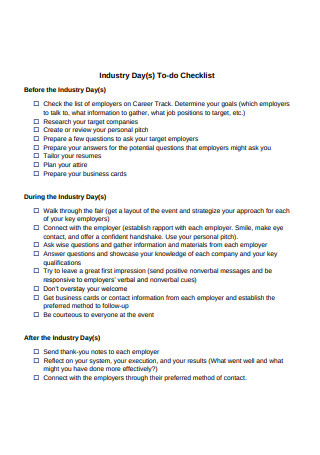
Industry Day To-do Checklist
download now -
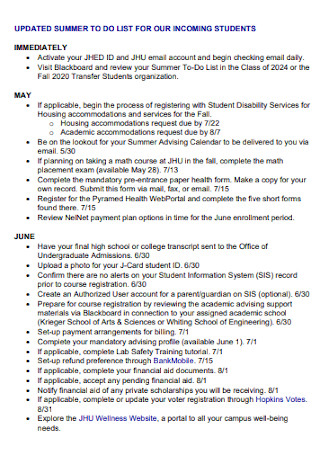
Summer Daily To Do List
download now -
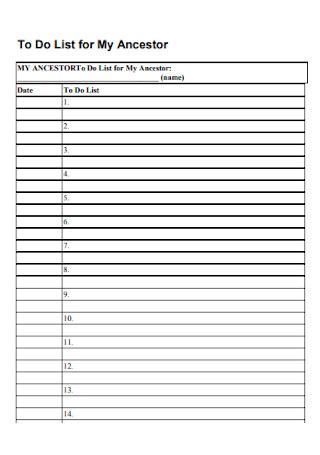
To Do List for My Ancestor
download now -

To Do List for My Ancestor
download now -
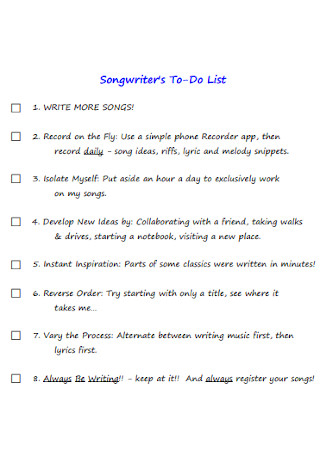
Songwriters To-Do List
download now -
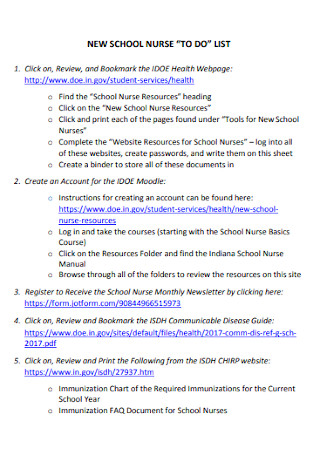
School Nurse To Do List
download now -
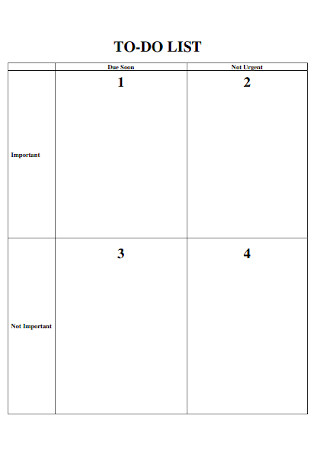
Simple To Do List Template
download now -
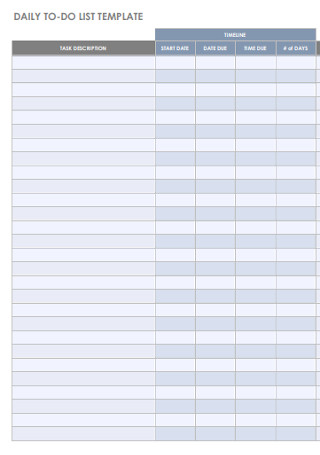
Simple Daily To Do List
download now -
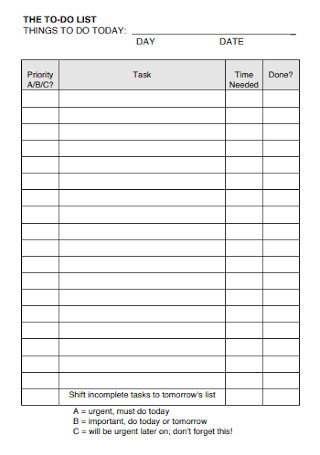
Formal To Do List
download now -
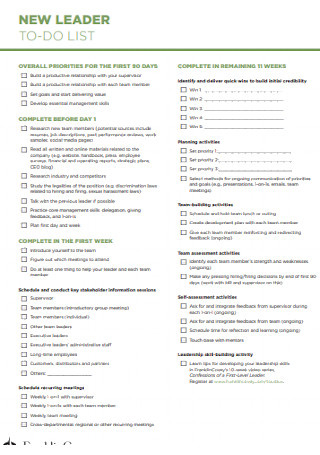
New Leader To Do List
download now -
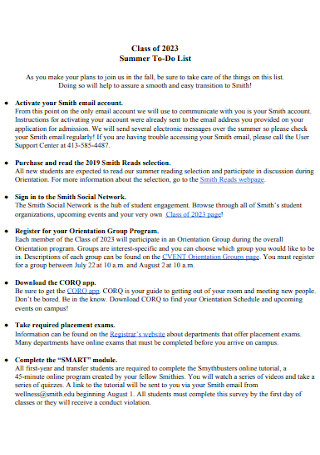
Summer To-Do List
download now -
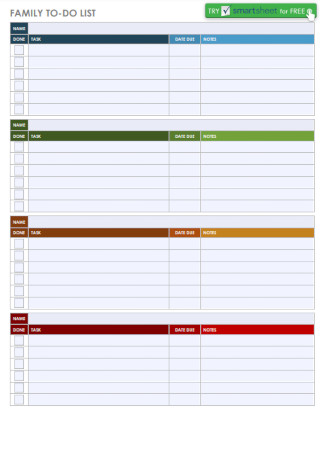
Family To Do List
download now -
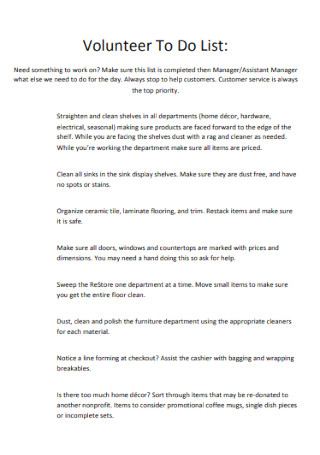
Volunteer To Do List
download now -
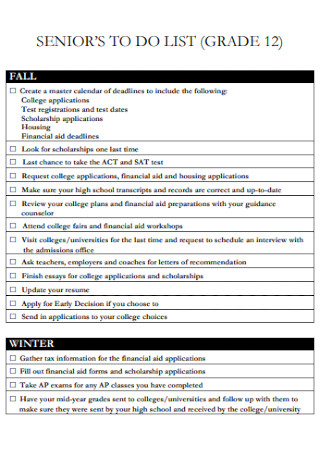
Seniors To Do List
download now -
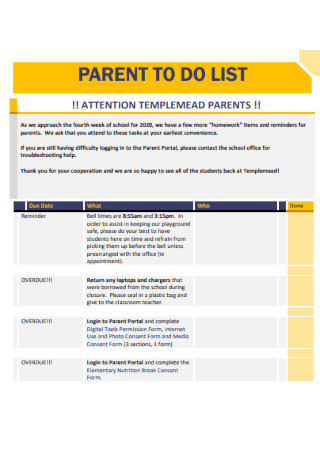
Parent Daily To Do List
download now -
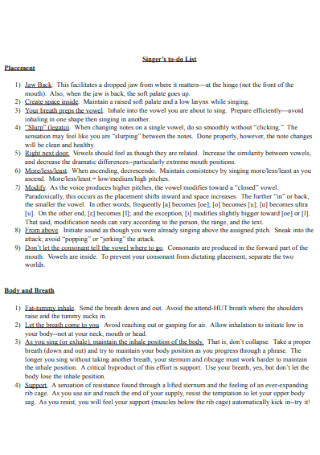
Singers To Do List
download now -
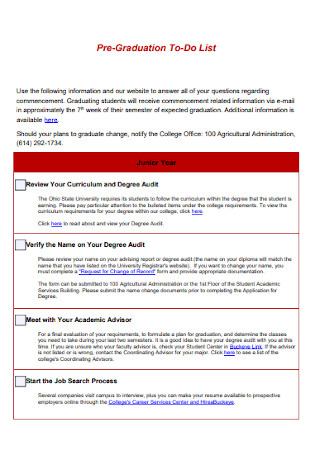
Pre-Graduation To-Do List
download now -
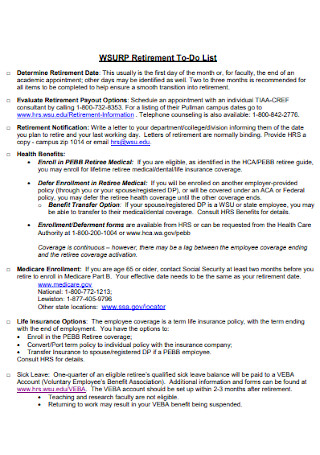
Sample Retirement To-Do List
download now -
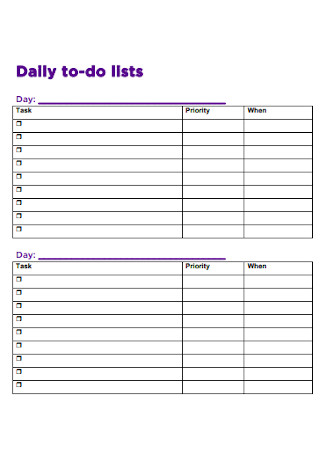
Daily Learning To Do List
download now -
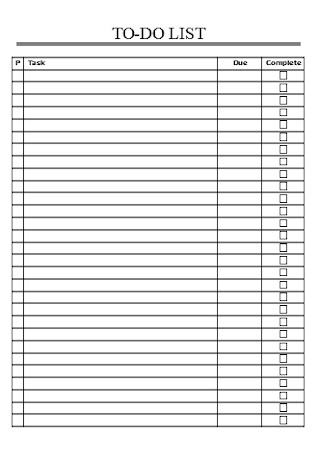
Printable Daily To Do List Example
download now
What Are To-Do Lists?
For sure, you are familiar with a to-do list which is basically a piece of document that contains every single thing that needs to be done. And you can rely on this productivity tool so you won’t miss deadlines and forget tasks. To-do lists are often divided according to time and purpose. In regards to time, you can have a daily to-do list, a weekly to-do list, and so forth. And in terms of purpose, you can make a to-do list for your school activities, job-related tasks, and more.
According to a survey, to-do lists are usually very long. And it should be adjusted so you won’t beat yourself up or feel disappointed for not accomplishing that much.
Meanwhile, I Done This reported that 41% of to-do tasks are usually never finished.
Why Is a To-Do List Needed?
To-do lists exist for a reason—to make it easier in accomplishing your daily, weekly, or monthly tasks. Every day, you can do so much from preparing your meals, taking a bath, traveling to your office, keeping up with your chore list, spending time for leisure, finishing an important project, and more. So to keep all your activities organized and properly planned, a to-do list is the right way to go. This is what every person needs to keep their life on track.
Also, to-do lists are personalized so there is no need to use a single task list for everyone. Instead, list down tasks and activities that meet your goals in life. For sure, you won’t need a school assignment to-do list if you are no longer at school. Align your goals into the to-do list so it remains relevant. And if you notice that your productivity has been low for a while, try stepping up your game with a smart to-do list instead.
What Are the Important Elements of a To-Do List?
While there is no perfect to-do list in the first place, it doesn’t mean you can’t make a great one that really helps you be productive and work things smoothly. Sometimes, what you need to come up with a reliable to-do list is to add the following essential elements to the list:
How to Craft a Streamlined To-Do List
Are you ready to make your very own to-do list? Before doing that, always keep in mind that you aren’t just going to make a generic list but something more streamlined for your benefit. This is basically how you boost your success rate in accomplishing all tasks in the first place. So without further ado, here are the steps in creating an efficient and effective to-do list:
Step 1: Perform an Activity or Task Analysis
An activity or task analysis is imperative before even listing all tasks to achieve in a to-do list. In this analysis, you identify all tasks until you can arrange their level of importance, urgency, difficulty, and so forth. You also finalize your list’s function too if it should be a daily, weekly, or monthly list and if it should be a school to-do list, personal to-do list, etc. Rest assured, planning everything will be worth it afterward.
Step 2: Download a Sample To-Do List
Indeed, to-do lists are quite easy to make as you can use a notebook, a smartphone, or even tissue paper to write your to-do list. But, nothing beats professionally made and well-crafted sample to-do lists. As you can see from the sample templates in this post, each to-do list has been curated already and you won’t need to make lists out of scratch. Just download a template until you can start completing the to-do list elements, edit the content, and transfer the ideas you learned from the analysis earlier to the chosen sample.
Step 3: Consider How Doable Your Tasks Are
You already know the elements of a to-do list, as discussed before. But once you have completed them in your chosen sample, its content isn’t finished yet. You still need to assess meticulously if your tasks are doable or not. Maybe your family to-do list actually has a hundred tasks to achieve in one day. Don’t do that as it isn’t realistic. Instead, take this opportunity to break down the tasks into smaller tasks and divide them into the other days of the week instead. That way, tasks need not be hectic.
Step 4: Edit the Design and Format of the List
There is certainly some room to add creativity into your to-do list rather than to print and keep a generic list. For example, you can add organizational charts or extra tables for the list’s layout to be easier to follow. Or perhaps, you use cute and colorful motifs for inspiration. Also, you add inspirational quotes to the list to help you be motivated into finishing all tasks. Be as creative as possible and your list will surely pay off.
Step 5: Update Your List from Time to Time
Don’t think that everything is done just yet. Remember that according to a survey, 41% of to-do tasks are hardly finished. Thus, don’t make a to-do list for naught. Be responsible for sticking to the plan and slowly complete the list from time to time. Updating regularly is needed to make sure there is progress that you did everything and have not forgotten a single task. One day, you can feel satisfied when loads of activities get done and you can reward yourself for being productive.
FAQs
How many tasks can be done on a daily to-do list?
Productive people are said to accomplish at least 6–12 tasks a day. But that wholly depends on the task’s difficulty level, urgency level, importance level, and more. Focus on what is doable for you instead.
What are some tips to work on a to-do list smoothly?
You can definitely ace the process by setting a clean schedule, waking up early, having a rest break, eating enough, and dividing tasks into chunks rather than spreading them out.
Who benefits from to-do lists?
Basically, anyone can benefit from a to-do list. It could be a student who needs a study plan to-do list, an employee who prepares a business conference to-do list, or simply you who wants a memorable vacation using a travel to-do list. It all depends on your purpose or goal.
While a to-do list is a great weapon to help you remember and finish all your tasks, it can also be a burden when the list itself is poorly made and you yourself cannot even commit to the whole project list. Thus, always bear in mind that preparing a to-do list is also a responsibility—a responsibility that you should pursue for your own satisfaction. Thankfully, making it won’t be so difficult with sample to-do lists as your guide. And instead of feeling burdened by having more unfinished tasks after putting a checkmark per item, be optimistic instead and think about how much you achieved. You’ll complete it eventually.
